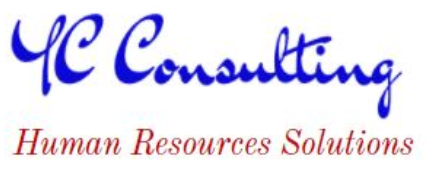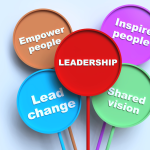Employers employ diversity, equity, and inclusion (DE&I) efforts to meet legal requirements as well as to boost profits by hiring a more inclusive, diversified workforce. However, increasing the hiring of women, BIPOC, non-binary, or neurodiverse personnel is only one aspect of boosting diversity and inclusion in your business.
It involves incorporating true inclusion into your organization’s culture, which means going beyond simply hiring a diverse workforce to making sure those individuals are trusted, involved, and empowered.
Developing a DE&I initiative covers four main phases:
1. Data collection and analysis to determine the need for change
Employers must first understand how their workforce compares to the labor market and whether there are demographic inequalities. An employer can better understand the diversity of its workforce, the equality of its internal procedures, and any trends by collecting data on employee demographics.
Federal and state protected categories have historically been included in this data; however, current trends suggest that additional criteria, such personality type and thinking/learning style, may also be important, albeit they may be more challenging to get national comparable data for. Demographic data may include: age, disability, ethnicity/national origin, family status, gender etc.
2. Strategy design to match business objectives
Underrepresented or problematic locations can be found after data collection. Employers should start by conducting a high-level analysis of demographics, such as representation and equity by age, sex, and race, and then continue by drilling down by location, department, position, etc. Questions like these can help identify trouble areas:
- Are there a lot of older white men in management?
- Do black women earn less money than white women do?
- Is it typical for the accounting department to hire solely women?
- Do those who speak English as a second language have less opportunities for advancement?
3. Implementation of the initiative
Employers must ascertain whether there are any obstacles preventing people from various demographic groups from being hired, given opportunities, or included. Organizations should think about whether any policies or procedures need to be changed or removed. Here are a few to get you started:
Employee referral programmes: Research indicates that while these programmes can be a great way to find candidates, they frequently lead to “like me” referrals, when employees recommend applicants who share their race, religion, national origin, or other characteristics.
Unconscious prejudices Do some departments have a disproportionately low labor market representation? Is it possible that the recruiting manager is making decisions about candidates with prejudices towards particular groups? Evident preferences for traditional marriage, pro-life issues, and other elements frequently connected to religious convictions might be off-putting.
4. Evaluation and continuing audit of the plan
The next phase in the process is to determine how a varied, egalitarian, and inclusive workforce may help achieve business goals that are in line with the company’s strategy. Based on the business’s strategic goals, the organization must establish precise DE&I targets. One of the agency’s performance measures for this objective is raising diversity index scores. The agency is adapting by embracing a more varied and inclusive workforce to better serve the population in response to its clients’ increasing diversity.






